Instruction
Don’t be intimidated by awkward bunker shots
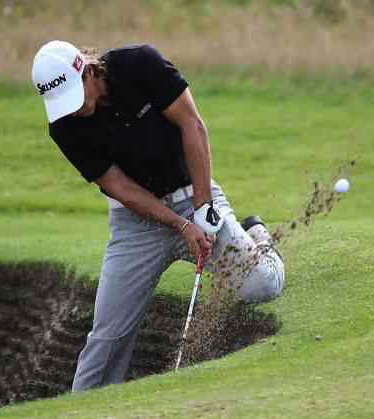
It is easy to be overwhelmed by all the different types of shots golfers can face from bunkers.
On most bunker shots, the ground is very seldom entirely flat. And lies generally vary from bunker to bunker, which means golfers are rarely playing the same shot twice in a row. Fortunately, we as humans have an innate ability to adapt to situational differences, and therefore we are able to play these shots without going through a lengthy checklist each time.
Take a recent bunker session I gave. To set the scene, we spent the first part exploring how the club interacts with the sand and the relationship between speed and amount of sand taken for each shot type. Then got to work, starting with the straight-forward, flat-lie bunker shot.
With that skill progressing nicely, we then moved on to the “real world” where the ball hardly ever lands in the nice, flat part of the bunker.
We tried uphill, downhill and sidehill lies and my only instruction was that there had to be sufficient practice swings to result in at least two shots in a row when the right amount of sand was hit, despite the varying slopes. For the “ball-below-feet” lie, the golfer came up with two separate solutions to try to hit the ground in the right place. Neither were quite as unorthodox as the picture of Tiger below.
First solution: Bend excessively from the hips until the spine was almost parallel to the ground. From there, the ball could be reached and contact (occasionally) was made.
Second solution: As in the photo of the giraffes below, widen your stance. That lowers a golfer’s center of gravity. There is still contact with the ground, but without the balance issues associated with option No. 1.
As a coach, my job was to facilitate this quick discovery, before explaining and agreeing why No. 2 was the better idea. And the player achieved very good results, in all kinds of difficult lies, in a very short time.
I am not saying that going on your golfing discovery alone is the best way (a great coach can greatly speed up your learning process and make it a lot more fun). However, I’m challenging you to become creative and inquisitive in your practice sessions, and even within your lessons, to help you get the most out of your game.
Don’t discard your natural human ability to problem solve.
- LIKE1
- LEGIT1
- WOW0
- LOL0
- IDHT0
- FLOP0
- OB0
- SHANK0
Instruction
Clement: Laid-off or perfect fade? Across-the-line or perfect draw?

Some call the image on the left laid off, but if you are hitting a fade, this could be a perfect backswing for it! Same for across the line for a draw! Stop racking your brain with perceived mistakes and simply match backswing to shot shape!
- LIKE0
- LEGIT0
- WOW0
- LOL0
- IDHT0
- FLOP0
- OB0
- SHANK0
Instruction
The Wedge Guy: The easiest-to-learn golf basic

My golf learning began with this simple fact – if you don’t have a fundamentally sound hold on the golf club, it is practically impossible for your body to execute a fundamentally sound golf swing. I’m still a big believer that the golf swing is much easier to execute if you begin with the proper hold on the club.
As you might imagine, I come into contact with hundreds of golfers of all skill levels. And it is very rare to see a good player with a bad hold on the golf club. There are some exceptions, for sure, but they are very few and very far between, and they typically have beat so many balls with their poor grip that they’ve found a way to work around it.
The reality of biophysics is that the body moves only in certain ways – and the particulars of the way you hold the golf club can totally prevent a sound swing motion that allows the club to release properly through the impact zone. The wonderful thing is that anyone can learn how to put a fundamentally sound hold on the golf club, and you can practice it anywhere your hands are not otherwise engaged, like watching TV or just sitting and relaxing.
Whether you prefer an overlap, interlock or full-finger (not baseball!) grip on the club, the same fundamentals apply. Here are the major grip faults I see most often, in the order of the frequency:
Mis-aligned hands
By this I mean that the palms of the two hands are not parallel to each other. Too many golfers have a weak left hand and strong right, or vice versa. The easiest way to learn how to hold the club with your palms aligned properly is to grip a plain wooden ruler or yardstick. It forces the hands to align properly and shows you how that feels. If you grip and re-grip a yardstick several times, then grip a club, you’ll see that the learning curve is almost immediate.
The position of the grip in the upper/left hand
I also observe many golfers who have the butt of the grip too far into the heel pad of the upper hand (the left hand for right-handed players). It’s amazing how much easier it is to release the club through the ball if even 1/4-1/2″ of the butt is beyond the left heel pad. Try this yourself to see what I mean. Swing the club freely with just your left hand and notice the difference in its release from when you hold it at the end of the grip, versus gripping down even a half inch.
To help you really understand how this works, go to the range and hit shots with your five-iron gripped down a full inch to make the club the same length as your seven-iron. You will probably see an amazing shot shape difference, and likely not see as much distance loss as you would expect.
Too much lower (right) hand on the club
It seems like almost all golfers of 8-10 handicap or higher have the club too far into the palm of the lower hand, because that feels “good” if you are trying to control the path of the clubhead to the ball. But the golf swing is not an effort to hit at the ball – it is a swing of the club. The proper hold on the club has the grip underneath the pad at the base of the fingers. This will likely feel “weak” to you — like you cannot control the club like that. EXACTLY. You should not be trying to control the club with your lower/master hand.
Gripping too tightly
Nearly all golfers hold the club too tightly, which tenses up the forearms and prevents a proper release of the club through impact. In order for the club to move back and through properly, you must feel that the club is controlled by the last three fingers of the upper hand, and the middle two fingers of the lower hand. If you engage your thumbs and forefingers in “holding” the club, the result will almost always be a grip that is too tight. Try this for yourself. Hold the club in your upper hand only, and squeeze firmly with just the last three fingers, with the forefinger and thumb off the club entirely. You have good control, but your forearms are not tense. Then begin to squeeze down with your thumb and forefinger and observe the tensing of the entire forearm. This is the way we are made, so the key to preventing tenseness in the arms is to hold the club very lightly with the “pinchers” — the thumbs and forefingers.
So, those are what I believe are the four fundamentals of a good grip. Anyone can learn them in their home or office very quickly. There is no easier way to improve your ball striking consistency and add distance than giving more attention to the way you hold the golf club.
More from the Wedge Guy
- The Wedge Guy: Golf mastery begins with your wedge game
- The Wedge Guy: Why golf is 20 times harder than brain surgery
- The Wedge Guy: Musings on the golf ball rollback
- LIKE86
- LEGIT13
- WOW6
- LOL1
- IDHT0
- FLOP4
- OB1
- SHANK8
Instruction
Clement: Stop ripping off your swing with this drill!

Not the dreaded headcover under the armpit drill! As if your body is defective and can’t function by itself! Have you seen how incredible the human machine is with all the incredible feats of agility all kinds of athletes are accomplishing? You think your body is so defective (the good Lord is laughing his head off at you) that it needs a headcover tucked under the armpit so you can swing like T-Rex?
- LIKE0
- LEGIT2
- WOW2
- LOL0
- IDHT0
- FLOP0
- OB0
- SHANK2
-

 19th Hole2 weeks ago
19th Hole2 weeks agoDave Portnoy places monstrous outright bet for the 2024 Masters
-

 19th Hole3 days ago
19th Hole3 days agoJustin Thomas on the equipment choice of Scottie Scheffler that he thinks is ‘weird’
-

 19th Hole2 weeks ago
19th Hole2 weeks agoTiger Woods arrives at 2024 Masters equipped with a putter that may surprise you
-

 19th Hole3 days ago
19th Hole3 days ago‘Absolutely crazy’ – Major champ lays into Patrick Cantlay over his decision on final hole of RBC Heritage
-

 19th Hole3 weeks ago
19th Hole3 weeks agoReport: Tiger Woods has ‘eliminated sex’ in preparation for the 2024 Masters
-

 19th Hole2 weeks ago
19th Hole2 weeks agoTwo star names reportedly blanked Jon Rahm all week at the Masters
-

 19th Hole1 week ago
19th Hole1 week agoReport: LIV Golf identifies latest star name they hope to sign to breakaway tour
-

 19th Hole1 week ago
19th Hole1 week agoNeal Shipley presser ends in awkward fashion after reporter claims Tiger handed him note on 8th fairway

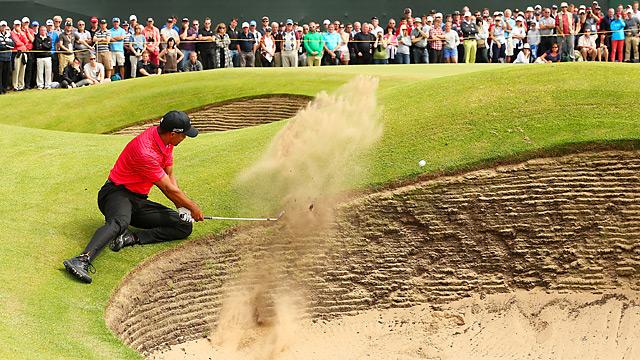




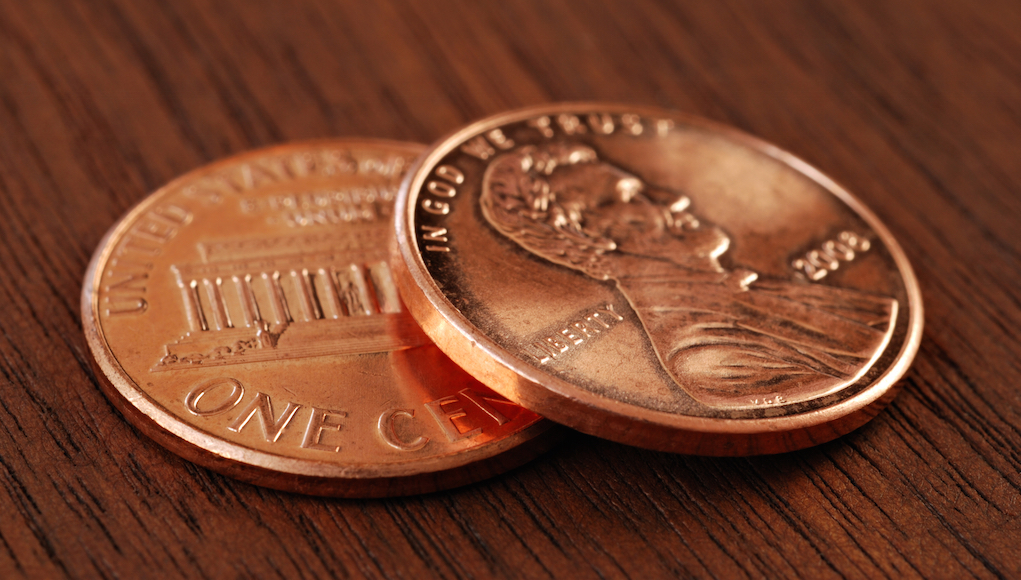
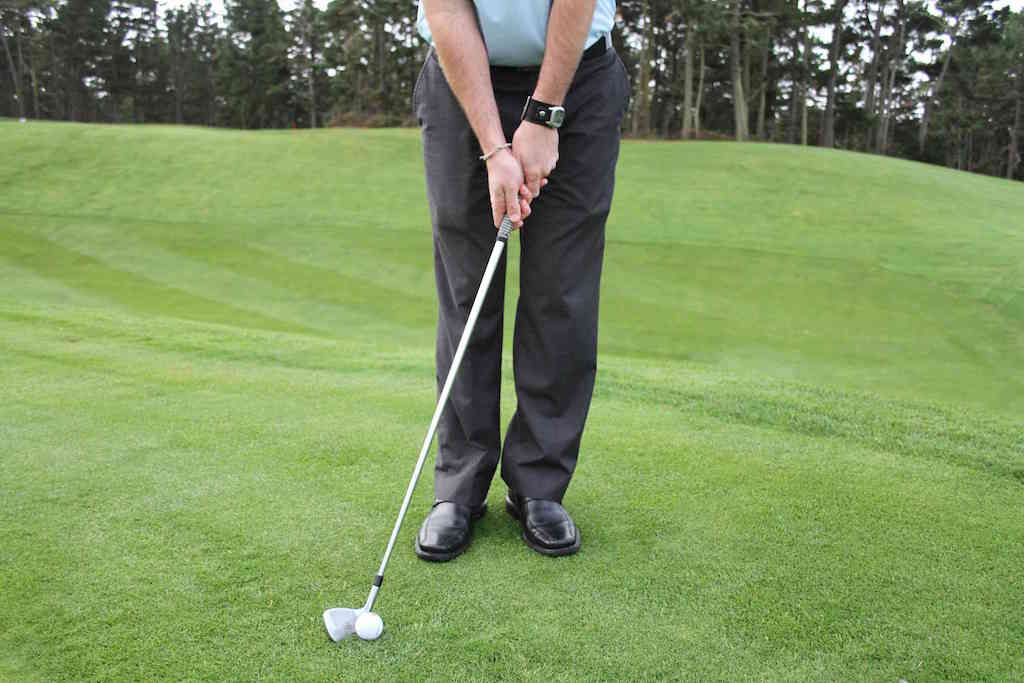
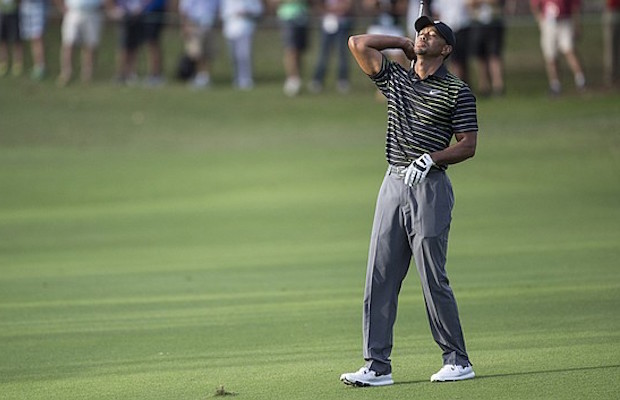
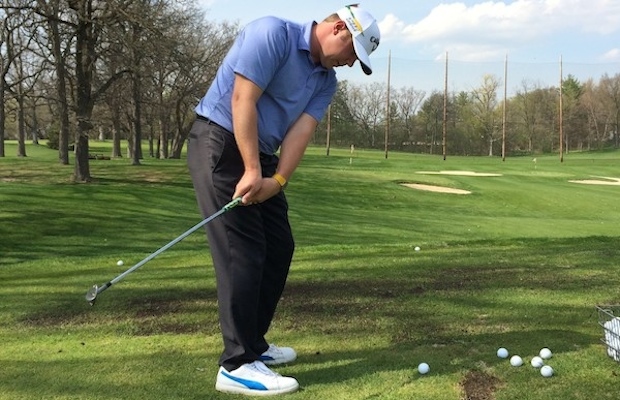













Hugo Sandars
Dec 23, 2013 at 4:42 pm
This is how I practice 95% of the time. What I’ll do is get 9 golf balls and throw one up and side hill lie, one flat side hill lie, one downhill side hill etc going through all of the possible different slopes you could get on the golf course. In my practice I try and get at least 5 up and down (55.5%) which is roughly 10% more than my current average. Random practice is the best way to transfer skills onto the golf course.
AV
Oct 10, 2013 at 5:40 am
I think this is one of those occasions where physical fitness can make a big difference. The range of address positions available to someone with a strong flexible core is much greater than for someone out of shape – plus it’s much easier to maintain levels and ensure a consistency of strike if you have good core strength during the swing.
Tyler
Nov 4, 2013 at 1:53 pm
+1
Ponjo
Nov 30, 2013 at 4:31 pm
Only really happens on links courses. My back is still sore from 3 weeks ago